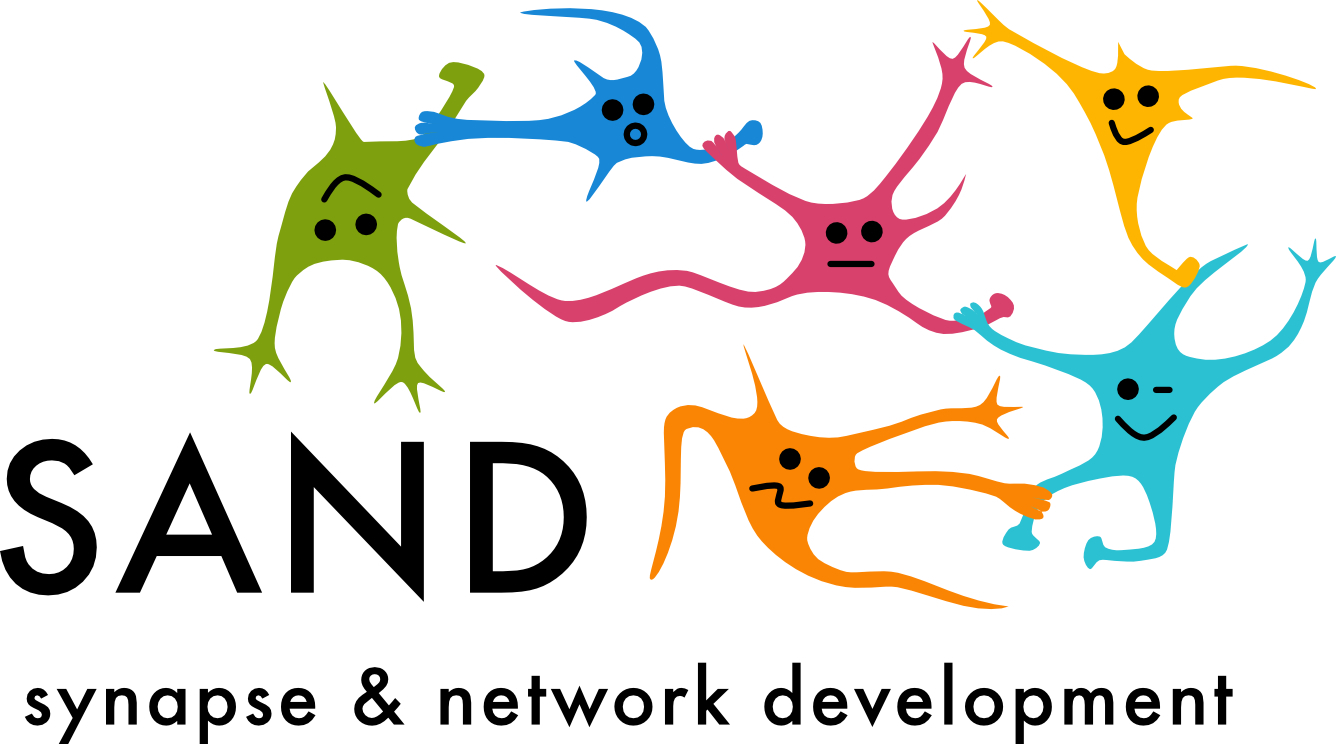
Resources
Our aim is to elucidate how synaptic dysfunction in neurodevelopmental disorders alters the development of functional networks at the cellular scale. Our approach integrates tools from neurophysiology, neuroanatomy, stem cell biology, genomics, computational neuroscience, applied math, engineering and computer science. Our research benefits from the many resources available from the neuroscience and network science communities. We are also excited to share the tools we have developed with other research groups. We are always looking for team members and collaborators to join us in investigating network development at the cellular scale.
Code
Microelectrode Array Network Analysis Pipeline (MEA-NAP)
Now published at Cell Methods Reports! Our paper is also available at PubMed Central.
SAND Github site for MEA-NAP download:
https://github.com/SAND-Lab/MEA-NAP
Instruction Guide and Documentation for MEA-NAP:
https://analysis-pipeline.readthedocs.io/en/latest/
Video Tutorial for New Users of MEA-NAP:
View at YouTube or download from the Harvard Dataverse.

Purpose of the pipeline:
We have created a computational pipeline to facilitate comparing the development of functional connectivity and other network features at the cellular scale from MEA recordings of spontaneous neuronal activity in neuronal cultures. This pipeline brings together methods from many areas of network science including methods used to analyse regional or whole brain networks. We apply these metrics to analyse our MEA recordings of spontaneous activity in our neuronal cultures. We designed this diagnostic tool for batch analysis of MEA experiments so that all members of our group and collaborators, regardless of experience with computational tools or network science, could analyse cellular-scale functional networks in 2D and 3D rodent or human neuronal cultures.
Applications for basic and translational research:
Alterations in synaptic function, and other cellular processes that affect neuronal communication, can alter the trajectory of network development. However, currently there is a gap for tools for studying network function at the cellular-scale accessible to cellular neuro- and stem cell biologists working with 2D and 3D rodent and human neuronal cultures. This pipeline combines methods for studying network function using graph theoretical and other network metrics that are commonly used at the whole brain level (e.g., fMRI data) and in other fields of network science. The aim of the pipeline is to facilitate comparisons in network function at the cellular scale from MEA recordings. Network function at the cellular scale can provide a platform for testing new therapeutic strategies including pharmacologic therapies and stimulating specific nodes in the network to modulate network function.
Protocols
MEA Plating and NGN2 Cell Culture Protocol
(see Sit et al., 2024, Figure 3, for sample output data).
Other resources
MEA Recordings Dataset of the Development of
Neurogenin-2 (NGN2) Human iPSC-derived Neuronal Cultures
We provide a dataset of MEA recordings performed weekly from days-in-vitro (DIV) 14 to 35 from 15 cultures as a resource for the reserch community and for users interested in trying out our MEA Network Analysis Pipeline (MEA-NAP). The recordings can be downloaded at the Harvard Dataverse: https://doi.org/10.7910/DVN/Z14LWA
MEA-NAP Output Folder Highlighting the Development of Network Activity, Functional Connectivity, and Network Topolgoy in NGN2 Cultures
We provide the output folder with all of the analysis and figures generated by MEA-NAP for the MEA recordings from the NGN2 human iPSC-derived neuronal cultures (n=15) above as a resource for the community at the Harvard Dataverse.